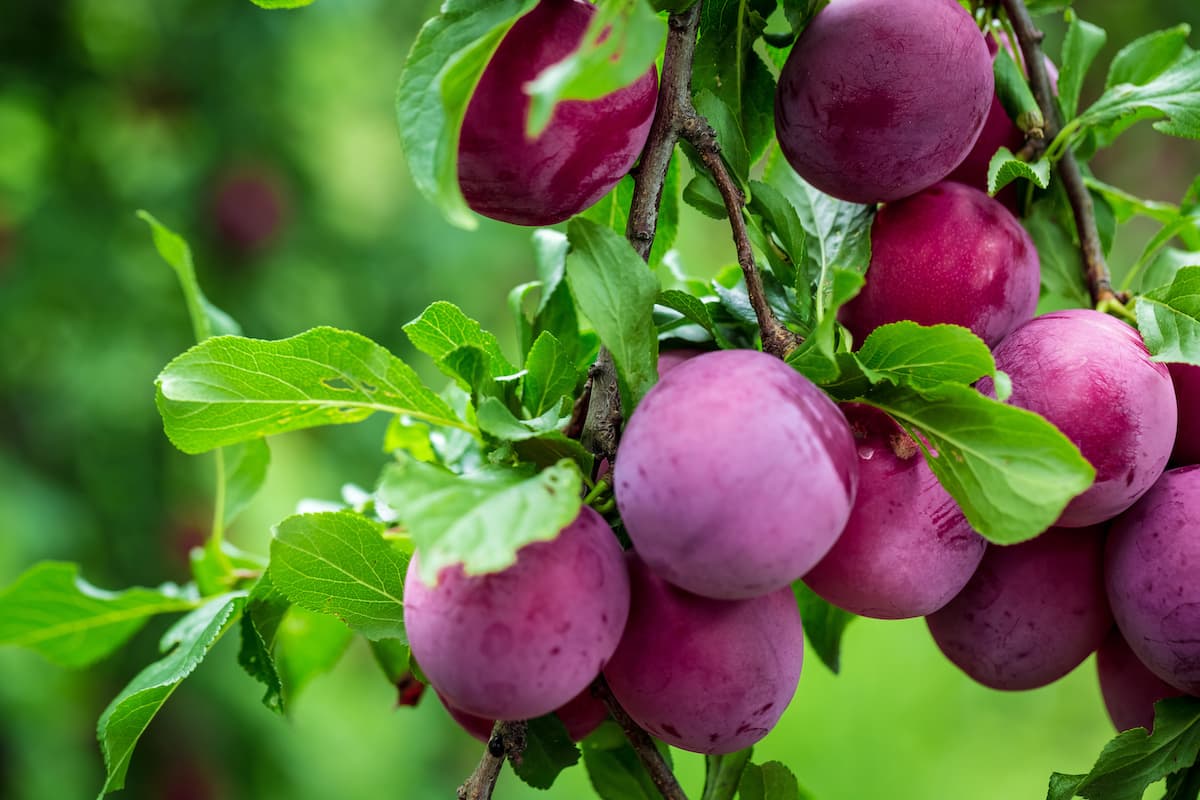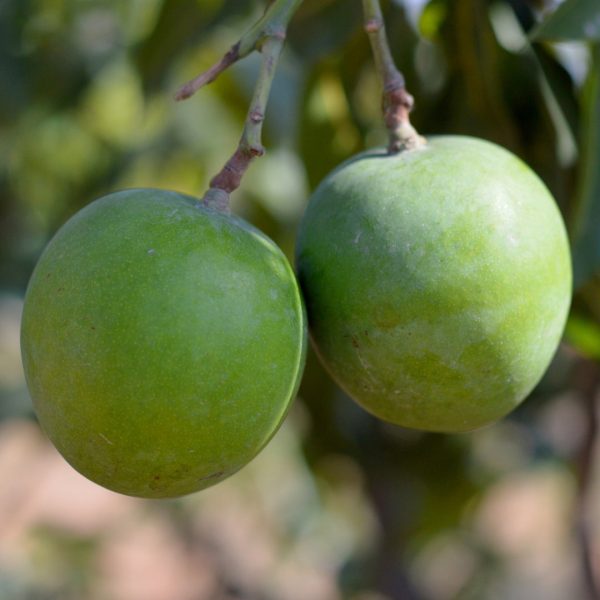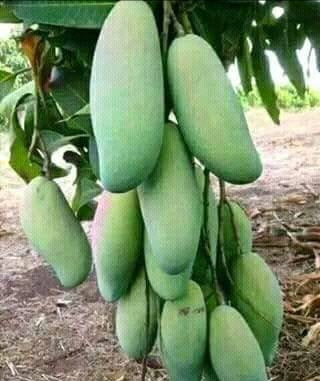Plum Tree Guide: How to Grow and Harvest Plums
Plum trees are a great fruit tree for beginning and expert gardeners alike. They’re cold hardy, require little maintenance after they’re established, and produce heavy crops of delicious stone fruit.

Best Climate for Growing Plum Trees
Plum trees are very hardy, and many varieties can handle cold winters.
- If you live in an area with cold winters, consider an American hybrid plum variety (like the alderwood plum), some of which can do well in temperatures as cold, like those found in USDA hardiness zone 3.
- If you live in an area with moderately cold winters, consider either an American hybrid or European plum variety. European plums (Prunus domestica, like green gage, stanley, or damson plums), while not quite as hardy as American hybrids, can handle the cold in most climates in the United States.
- If you live in an area with mild winters, consider a Japanese variety (Prunus salicina, like methley or satsuma plums), which do best in warmer climates, similar to peach trees.
Meet One of Your New Instructors
how to Plant a Plum Tree
It’s best to plant plum trees as bare-root trees in late winter or in early spring, while they’re dormant—this minimizes the shock of transplanting and encourages the tree to start new spring growth soon after being planted. When planting plums as a container-grown or burlapped tree that’s no longer dormant, plant them in spring or early summer before hot weather. Once it’s time to plant your plum tree:
- 1. Choose and prepare the spot. Plum trees need full sun to produce sweet fruit, so pick a planting site that gets at least six hours a day. For soil, they prefer loamy, well-draining soil rich with organic matter. Depending on your plum variety, your tree may be self-pollinating or require a second tree for cross-pollination—if your tree doesn’t self-pollinate, be sure to choose a spot that has enough space for at least two mature trees. Standard-size trees need at least twenty feet of space, while dwarf varieties need at least ten feet.
- 2. Prepare the sapling. If you have a plum sapling that’s planted in a container or ball-and-burlap (meaning its roots are wrapped in burlap for safe transport), you don’t need to do anything to prepare the tree. If, however, you’re planting a bare-root plant (which is recommended for plums, as they establish themselves quickly after planting), soak the roots in a bucket of water for up to six hours to give it a good drink.
- 3. Dig the hole. The planting hole should be four to six inches wider and deeper than the root ball of your plum sapling; you don’t want any of the roots to bend back on themselves when you put the tree in.
- 4. Place the roots in the hole. The soil line on the trunk should line up with the surface line of the hole. If your sapling is a grafted tree, make sure that the graft union is above the surface. If your sapling is a ball-and-burlap tree, place it in the hole with the burlap still wrapped around it to keep the rootstock secure while you position the tree, then tear the burlap down the sides of the hole and lift the tree to remove all of the wrapping.
- 5. Spread the roots. In order to encourage the roots to grow out from the tree, gently spread and position them without too much bending.
- 6. Fill the hole. Fill the hole with soil and compost. As you fill, gently shake the trunk back and forth to help the soil get into the root system. Once the hole is filled, firm the soil in with the toe of your shoe to give the tree a stable foundation without air pockets. Add a top layer of mulch around the tree to retain moisture and deter weeds (but not touching the trunk, since it could cause the wood to rot).
- 7. Water the sapling. After planting fruit trees of any kind, thoroughly water to help them settle into their new home.
How to Care for Your Plum Tree
Since they’re a low-maintenance fruit tree, you don’t need to do to assure a large crop of good fruit:
- Water. During the first year or two, give your plum tree heavy weekly waterings on a low setting during the growing season. A drip system will get the water deep into the ground and help new trees establish strong, deep roots. For established trees, water it semi-regularly during the growing season, well into October to give it enough water to last the dormant season.
- Prune. To keep your tree free of pests and diseases like aphids and silver leaf disease, prune plum trees with shears once during the growing season—for young trees, opt for early spring, and for mature trees, opt for mid-summer. Don’t ever prune in fall or winter—that will leave your tree vulnerable to frost and infection. Different varieties call for different levels of pruning—Japanese plum trees can grow very thick, so many home gardeners opt for an “open center” tree, pruning the center branches almost completely and leaving several large branches coming outward from the tip; American hybrid and European plum trees require much less pruning, and many gardeners opt for a “central leader” tree, similar to the tall, skinny shape of a Christmas tree.
- Thin. If left to produce as much fruit as they can, plum trees can provide too much fruit for their branches to bear, and branches can break under the weight. To avoid this, thin fruit regularly—fruit should be three to four inches apart on Japanese varieties and two inches apart on European and American plum varieties.
- Fertilize. Plum trees grow best when fertilized once per year, early in spring before the fruit has started to grow, with an all-purpose fertilizer or aged compost. Avoid fertilizing your plum tree after it has begun fruiting—any new growth would divert energy away from fruit production and would be vulnerable to incoming cold weather.
- Pollinate. If your plum tree is not self-fertile and requires a nearby tree for pollination to produce fruit, it’s especially important to make your garden hospitable to pollinators like bees. Never spray insecticides when your plum trees are flowering.
How to Harvest Plums
Harvesting your plums will depend on your tree variety:
- Harvest American hybrid and European plums when the skin of the fruit feels soft when lightly squeezed and the plum easily detaches from the branch when twisted. They’re ready to eat immediately.
- Harvest Japanese plums slightly early, when the fruit is well-colored but only slightly soft to the touch. Allow Japanese plums to ripen indoors for several days before eating.
Plums do not keep long—store them in the refrigerator for up to a week.















Reviews
There are no reviews yet.